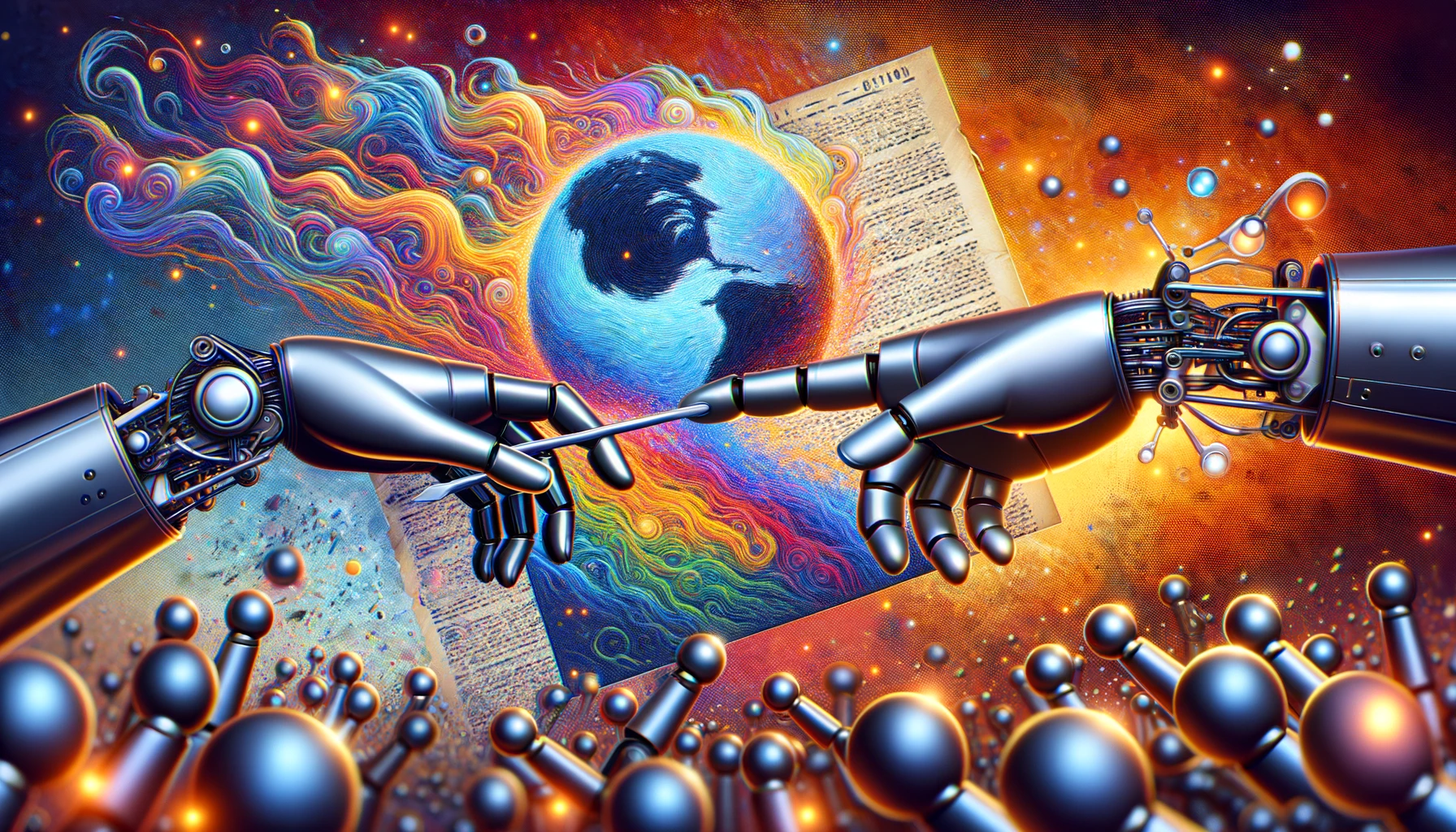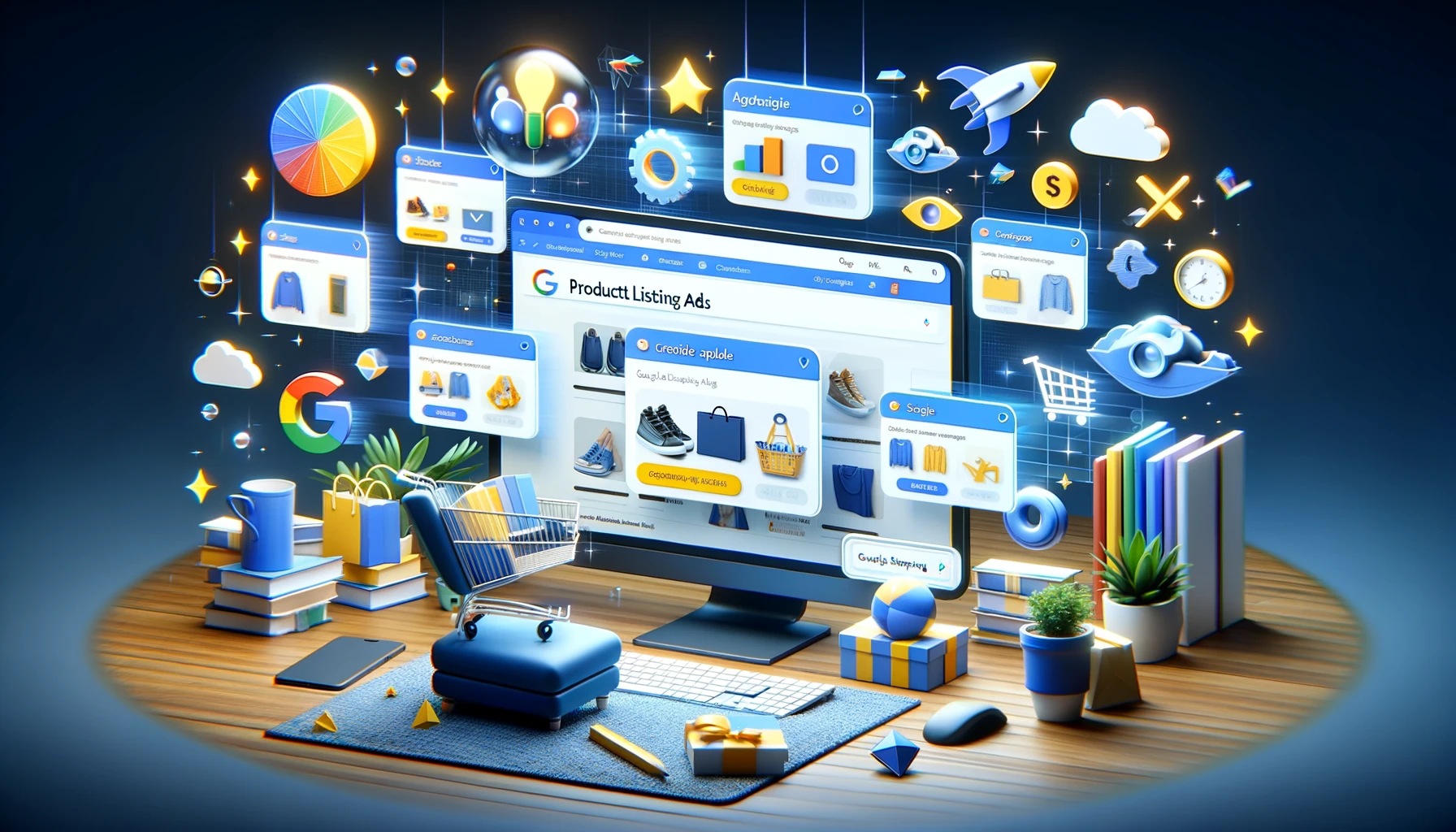
The announcement that Getty and Shutterstock, two giants in the stock image industry, would ban AI-generated art, sent shockwaves through the digital art community. This decision highlights growing concerns over copyright, ethics, and the role of artificial intelligence in creative fields. This article delves into the reasons behind this controversial move, its impact on artists and the industry, and what it could mean for the future of digital creativity.
The Decision: AI Art Ban
Getty and Shutterstock's decision to prohibit AI-generated artworks from their platforms was primarily driven by copyright and ethical considerations. The companies expressed concerns about the potential for AI to create works that closely resemble copyrighted material, posing legal and ethical dilemmas about originality and ownership.
The Underlying Concerns
Intellectual Property and Ethics: At the heart of the ban lie issues of intellectual property rights and the ethical implications of AI in art. AI-generated art often draws on existing artworks to create something new, blurring the lines between original and derivative works. This raises questions about the ownership of AI-created content and the protection of artists' rights.
The Impact on the Art Community: The ban has sparked debate within the art community. Some artists welcome the decision, viewing it as necessary to protect their work and rights. Others see it as a stifling of innovation, arguing that AI can be a tool for creativity rather than a threat.
Navigating the Future
Adapting to Change: As the art world grapples with these developments, artists and creators are exploring new platforms and technologies that support AI-generated art. This includes looking towards blockchain and NFTs as means to authenticate and sell digital art securely.
Legal and Ethical Frameworks: The controversy underscores the need for updated legal and ethical frameworks that address the unique challenges posed by AI in creative industries. Stakeholders are calling for regulations that balance innovation with the protection of intellectual property and artists' rights.
Conclusion
The AI art ban by Getty and Shutterstock marks a pivotal moment in the ongoing dialogue between technology and creativity. It forces us to confront the complex relationship between innovation and tradition, and the need for a legal and ethical compass in the digital age. As we move forward, the art world must navigate these waters carefully, ensuring that the march of progress does not come at the expense of the human spirit and creativity that drive artistic expression.

